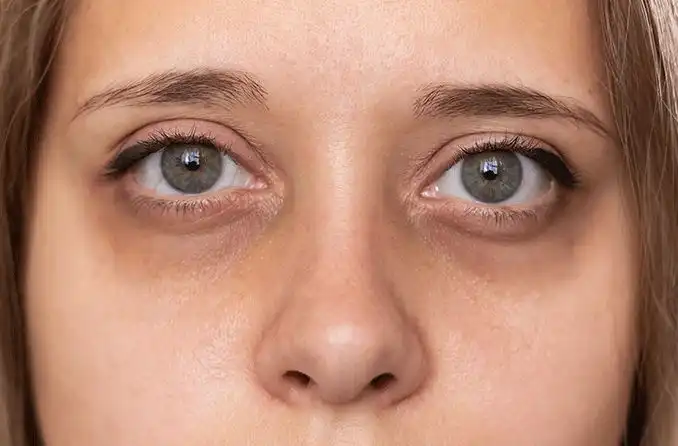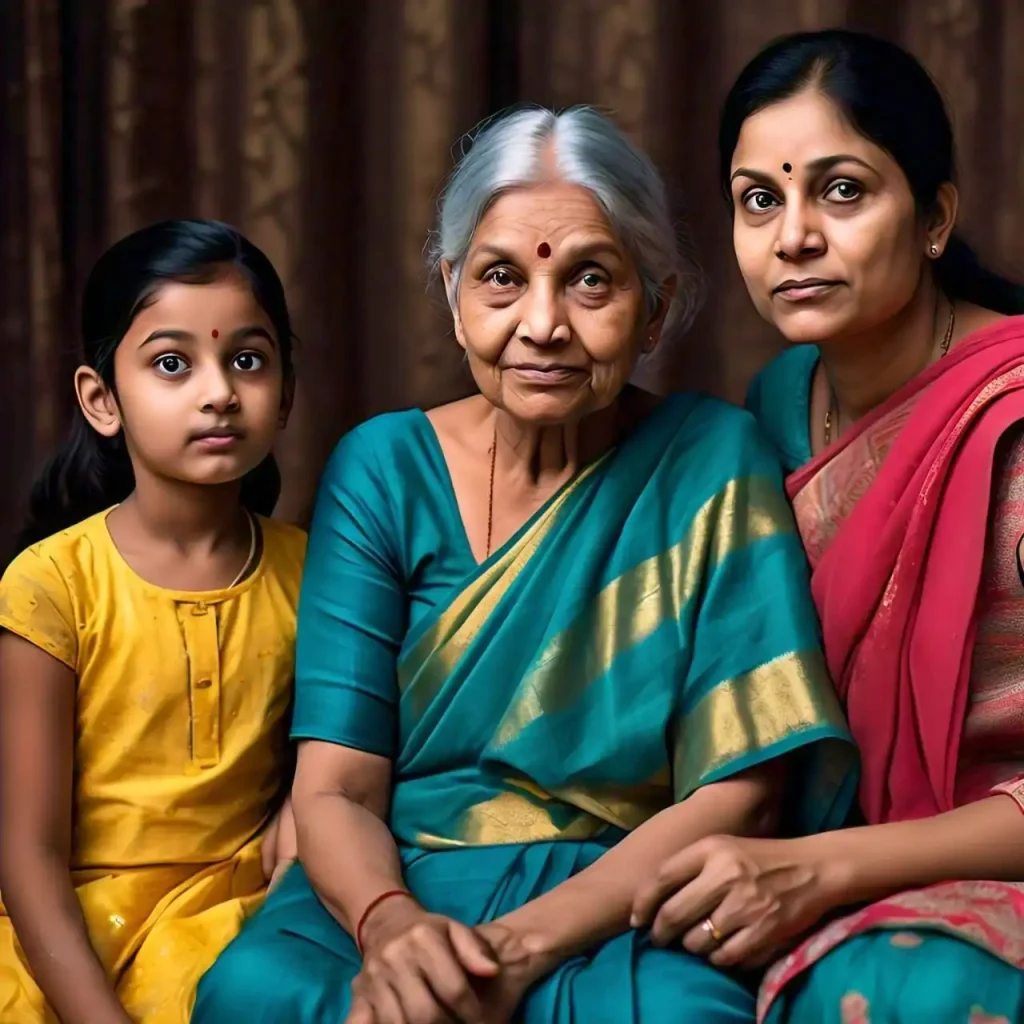Have you ever looked in the mirror and noticed dark shadows under your eyes? You might wonder why they appear and what causes them. Dark circles are something many people have experienced, and while they can sometimes make us feel a bit self-conscious, they are usually harmless. Let’s dive into what dark circles are, why they happen, and how to reduce them!

What Are Dark Circles?
Dark circles refer to the shadowy, often purplish or blue-tinted areas under your eyes. These circles are more noticeable on certain skin tones and can appear more prominent due to the thinness of the skin in this area. This delicate skin makes any changes, like blood vessels showing through, more visible.

Causes of Dark Circles
There are several reasons why dark circles form under the eyes, and it’s not just because of lack of sleep! Here are some of the most common causes:
1. Lack of Sleep
One of the most well-known causes of dark circles is not getting enough sleep. When you’re tired, the blood vessels under your eyes can become more visible, making the skin look darker. Sleep deprivation can also cause puffiness, which may cast shadows, making the circles appear even worse.

2. Genetics
Sometimes, dark circles run in the family. If your parents or grandparents have them, you might be more likely to get them too. This is because certain skin types are more prone to showing dark circles, especially if you have very thin or pale skin, which can make blood vessels under the eyes more noticeable.

3. Ageing
As we get older, our skin naturally becomes thinner, and we lose some of the fat and collagen that make our skin firm. This thinning can make the blood vessels under our eyes more visible, giving the appearance of dark circles. So, ageing can be a contributing factor to dark circles.

4. Allergies
If you have allergies, you might rub your eyes often because they feel itchy or irritated. This rubbing can damage the skin, causing inflammation and making dark circles appear more noticeable. Additionally, allergies can cause congestion, which can lead to swelling around the eyes, making the circles stand out.

5. Dehydration
When your body doesn’t have enough water, your skin can look dull and pale, which makes the dark tissue and blood vessels beneath your skin stand out. Dehydration also makes the eyes look sunken, enhancing the appearance of dark circles.

6. Sun Exposure
Too much time in the sun can cause your body to produce more melanin, the pigment that gives skin its colour. Sun exposure can cause hyperpigmentation around the eyes, making the skin darker in that area.

7. Fatigue and Stress
Being stressed or fatigued can contribute to the appearance of dark circles. When you’re stressed or tired, your body’s blood circulation can slow down, causing blood to pool in the vessels under the skin of your eyes, making them look darker.

8. Smoking and Alcohol
Bad habits like smoking and drinking too much alcohol can make dark circles worse. Smoking affects the blood vessels and can make your skin appear dull, while alcohol dehydrates the body and causes puffiness and dark shadows under your eyes.

How to Reduce Dark Circles
Although dark circles are usually not something to worry about, there are ways to reduce their appearance if they bother you.
1. Get Enough Sleep
Since lack of sleep is one of the biggest culprits, making sure you get plenty of rest is a good first step. Try to aim for 7 to 9 hours of sleep every night to help your body and skin recover.

2. Stay Hydrated
Drinking enough water is important for healthy skin. When your body is well-hydrated, your skin is less likely to look dull and sunken, and the appearance of dark circles can be minimised.

3. Apply Cold Compresses
A cold compress can help reduce swelling and shrink dilated blood vessels. Applying a cool cloth or cucumber slices over your eyes for a few minutes can help refresh your skin and reduce the appearance of dark circles.

4. Use Sunscreen
Protecting your skin from the sun is crucial, especially the delicate skin around your eyes. Always wear sunscreen, sunglasses, and a hat when you’re outside to prevent hyperpigmentation and protect your skin.

5. Use Moisturisers and Eye Creams
Eye creams that contain ingredients like vitamin C, retinol, or hyaluronic acid can help strengthen the skin, improve collagen production, and reduce pigmentation. Moisturising can also keep the skin plump and hydrated.

6. Address Allergies
If you have allergies, treating them can reduce inflammation around the eyes. Avoid rubbing your eyes and speak to your doctor about possible treatments like antihistamines.

When to See a Doctor
Dark circles are usually nothing to worry about, but if they suddenly appear or worsen, it’s a good idea to talk to a doctor. Sometimes, dark circles can be a sign of an underlying health issue like anaemia (low iron levels) or thyroid problems. A doctor can help determine if there’s another cause and offer treatments if necessary.
Fun Facts About Dark Circles!
- Dark circles are not caused only by tiredness – many other factors, like genetics and allergies, play a role.
- Even kids can have dark circles – they’re not just for adults!
- Different skin tones show dark circles differently – lighter skin tends to show a bluish tint, while darker skin can show brown or black circles.
Conclusion:-Dark circles under your eyes can happen for many reasons, from not getting enough sleep to genetics. While they’re usually harmless, they can sometimes make us feel a bit tired or worn out. Thankfully, there are plenty of ways to reduce their appearance by staying healthy, protecting your skin, and getting enough rest. And remember, everyone gets dark circles sometimes, so it’s nothing to be worried about!
For more interesting articles, please visit www.kidzherald.com





